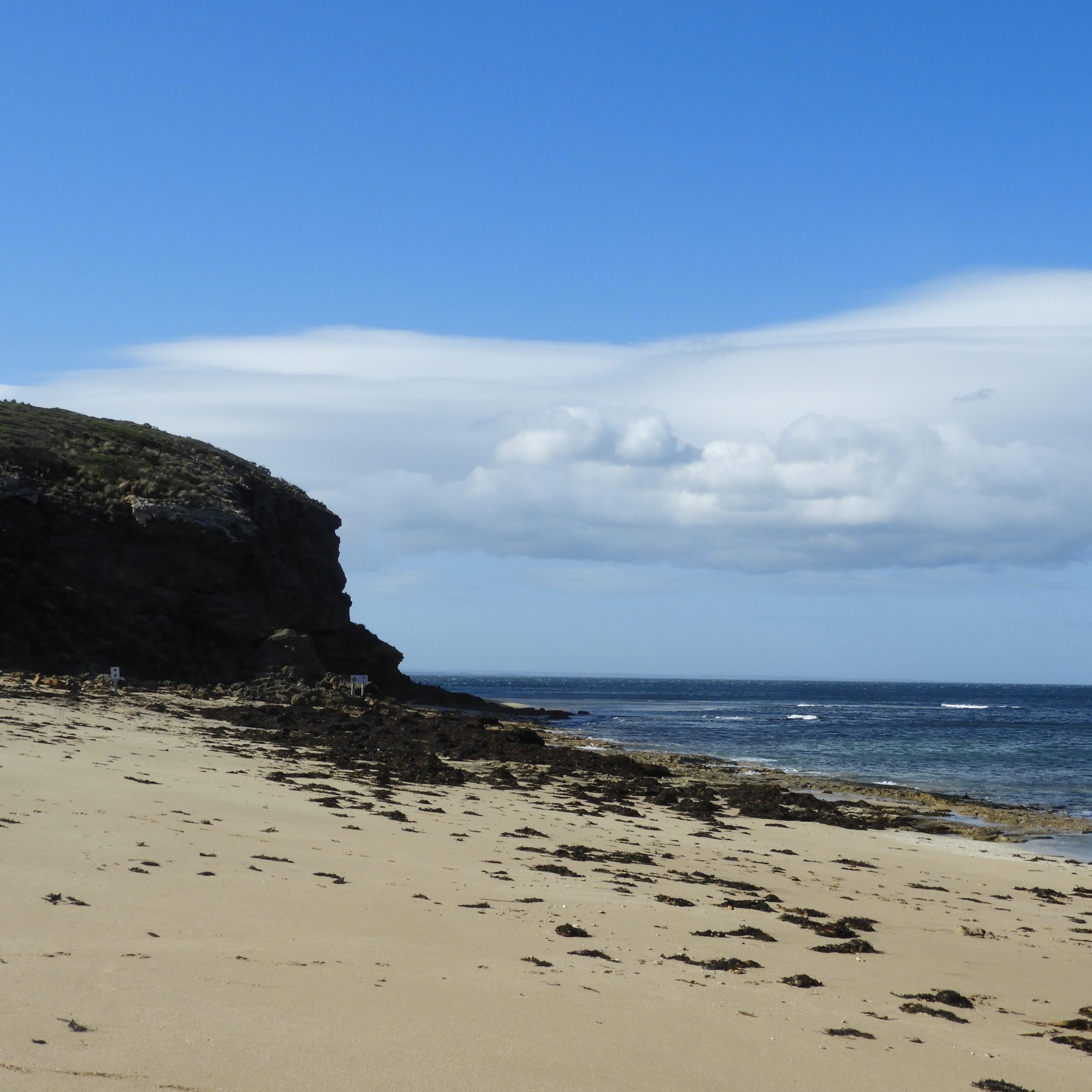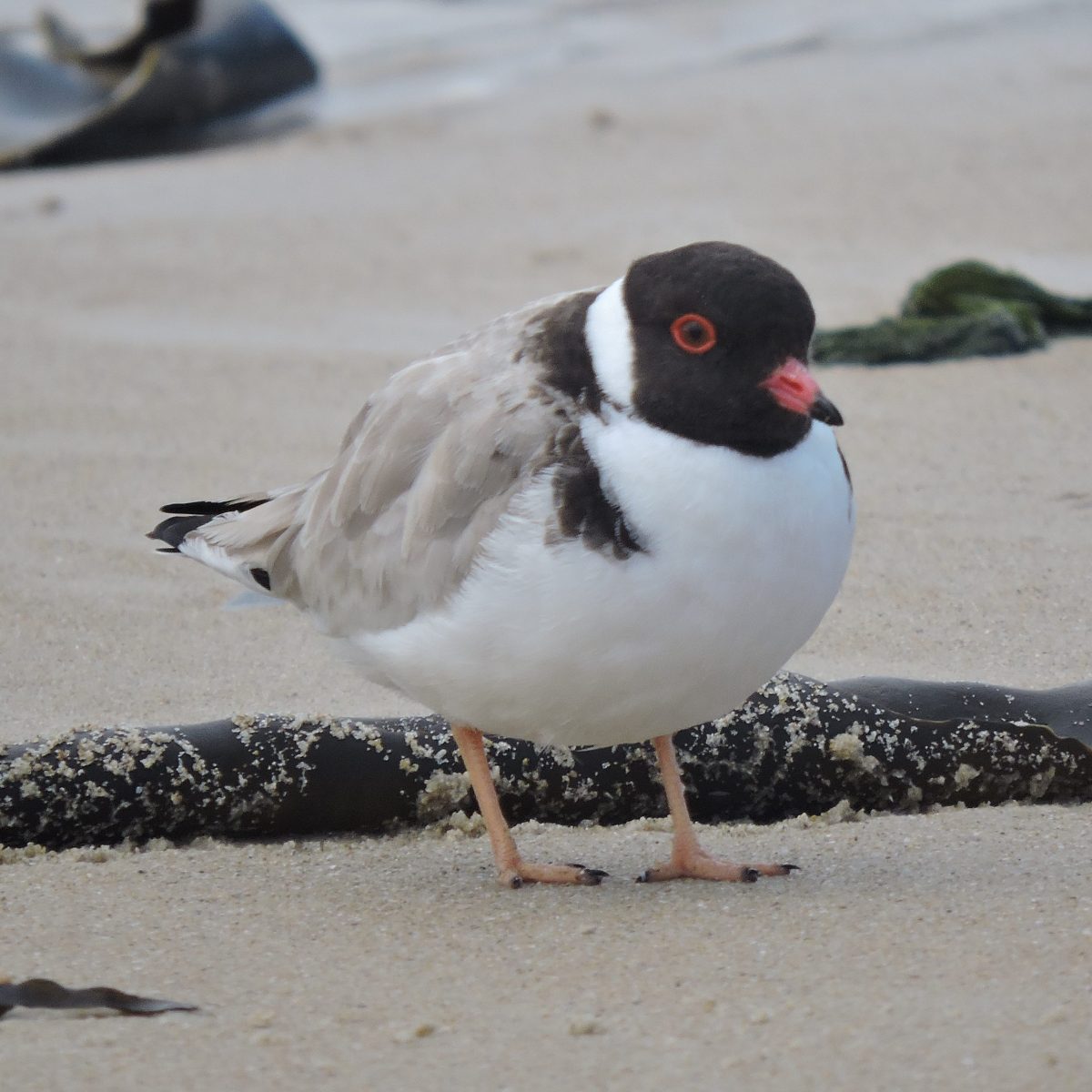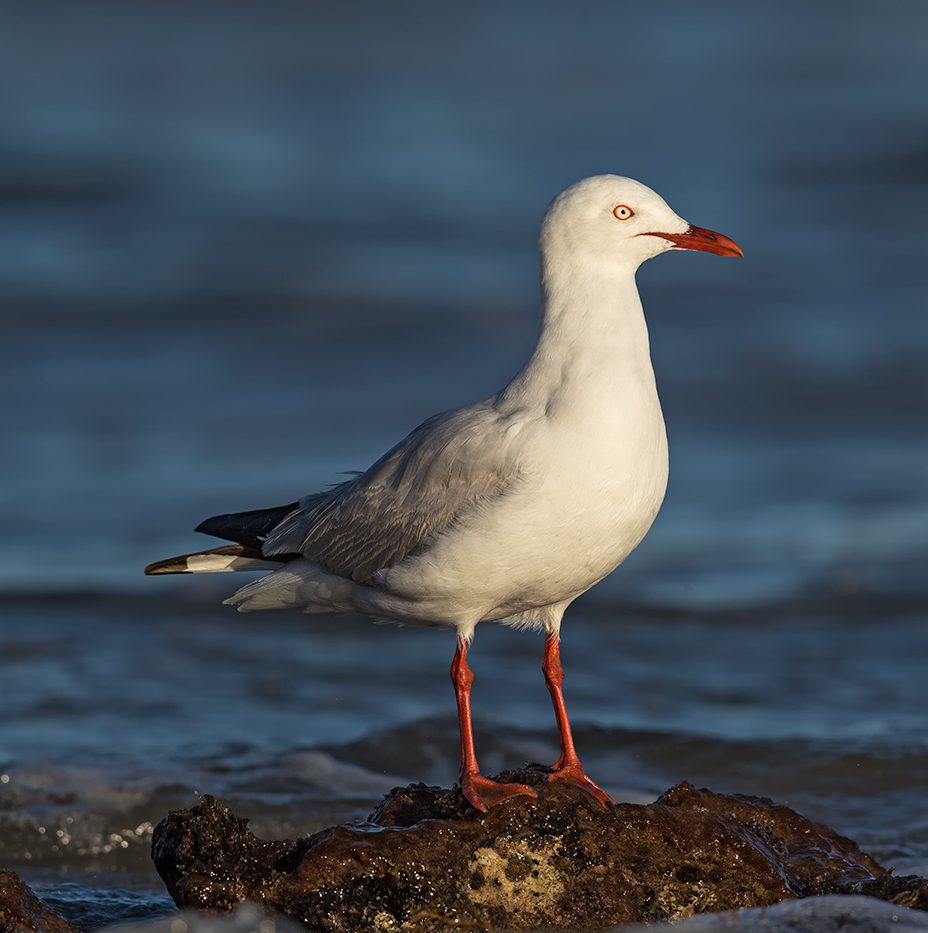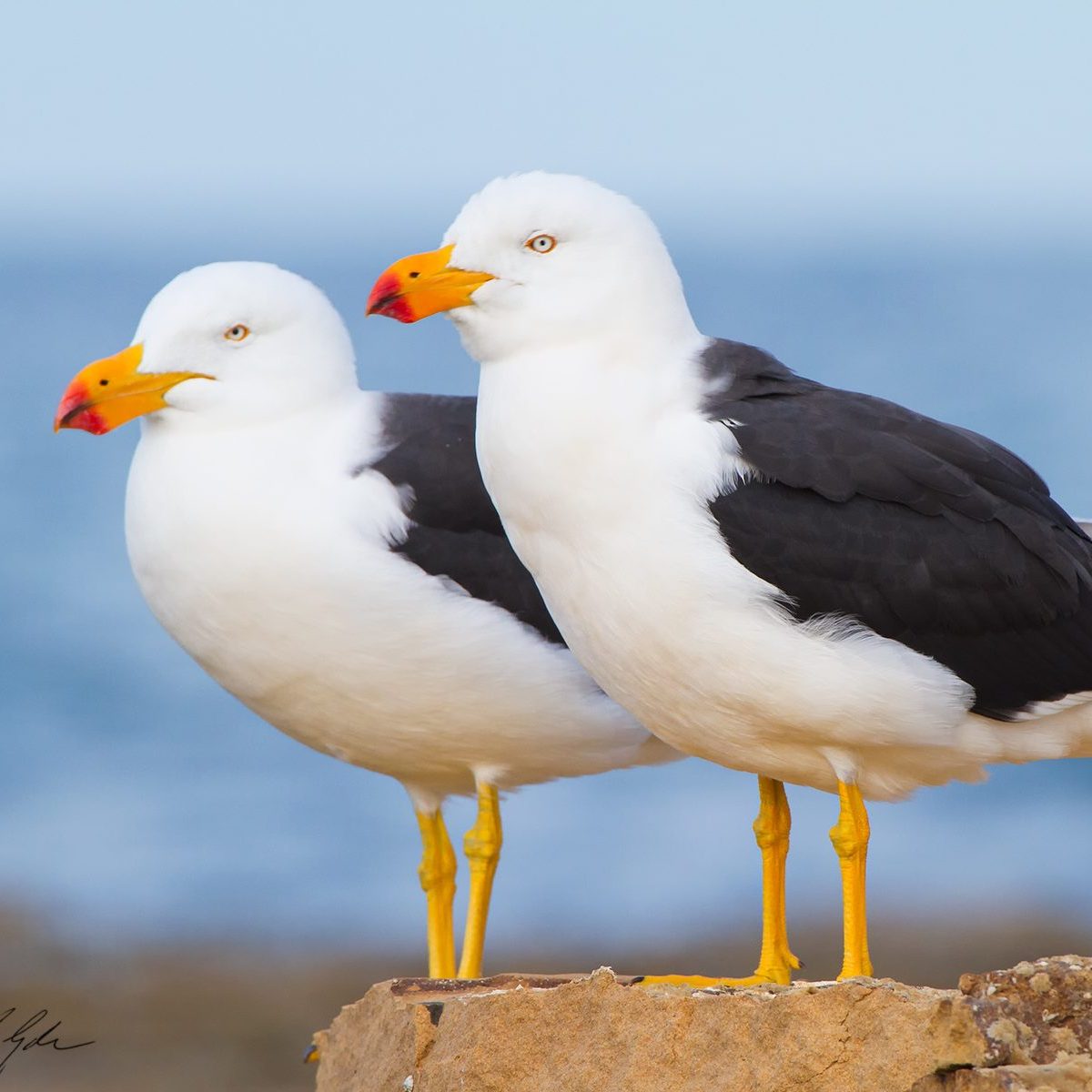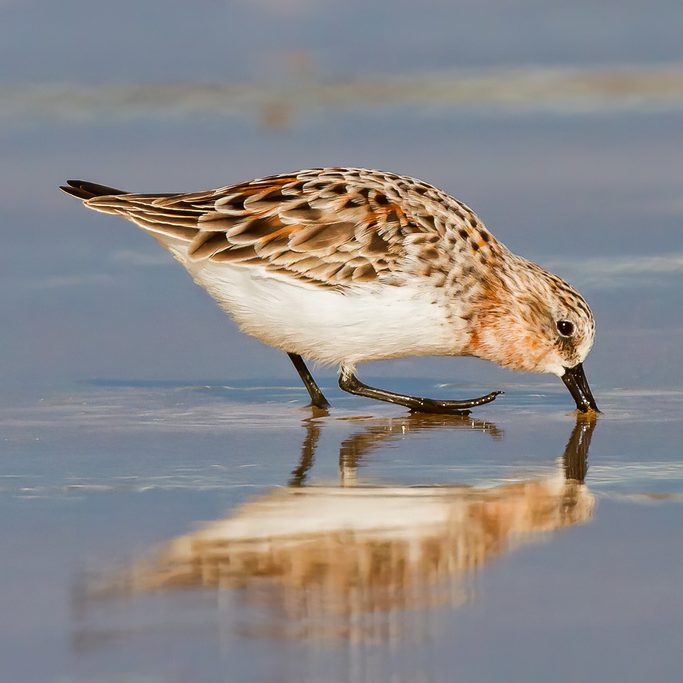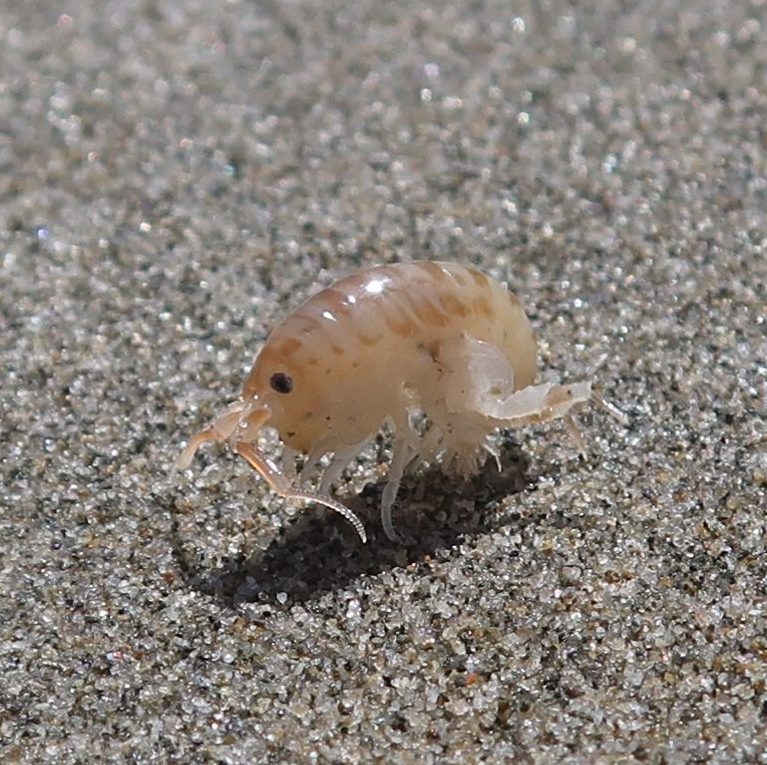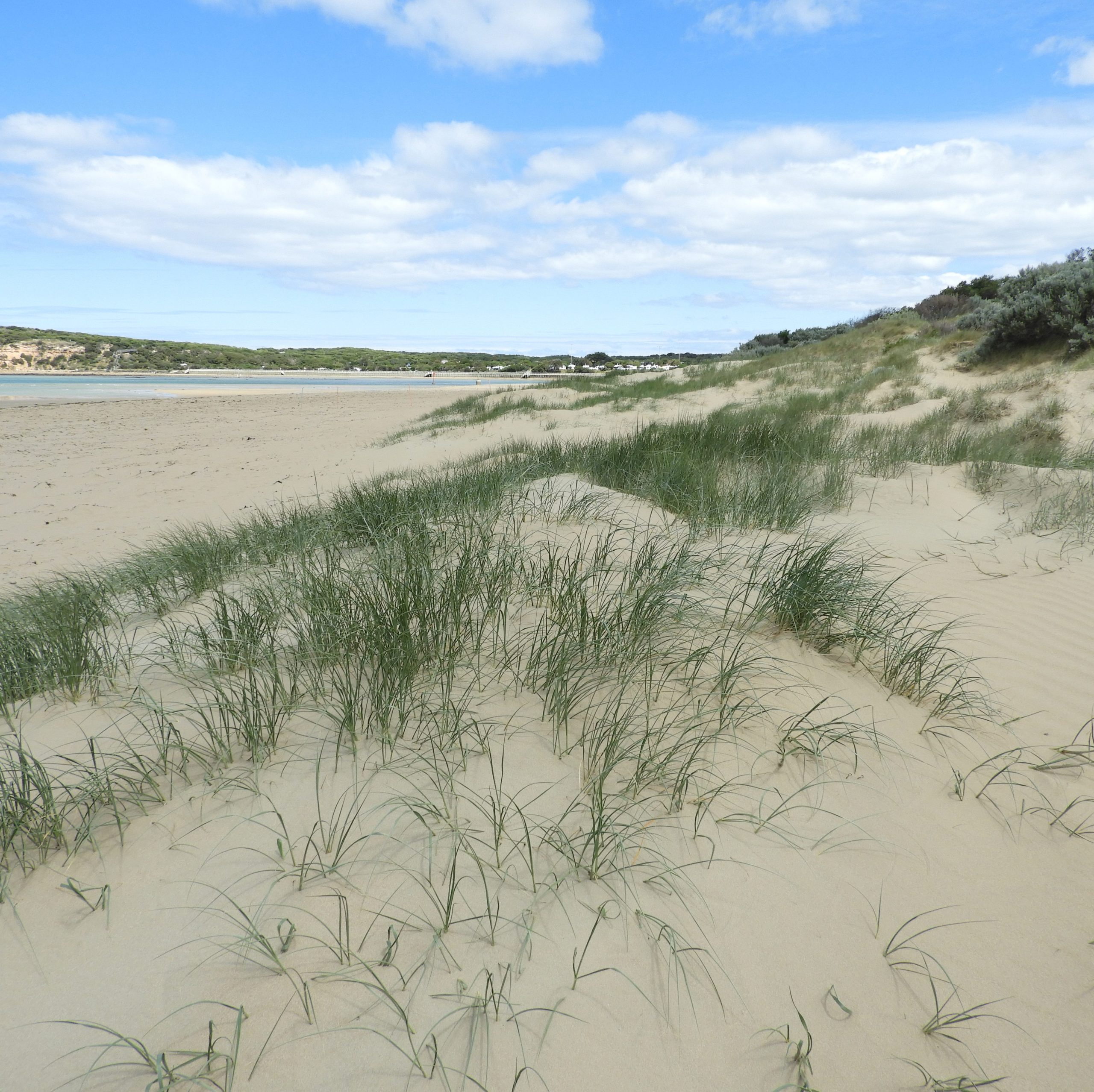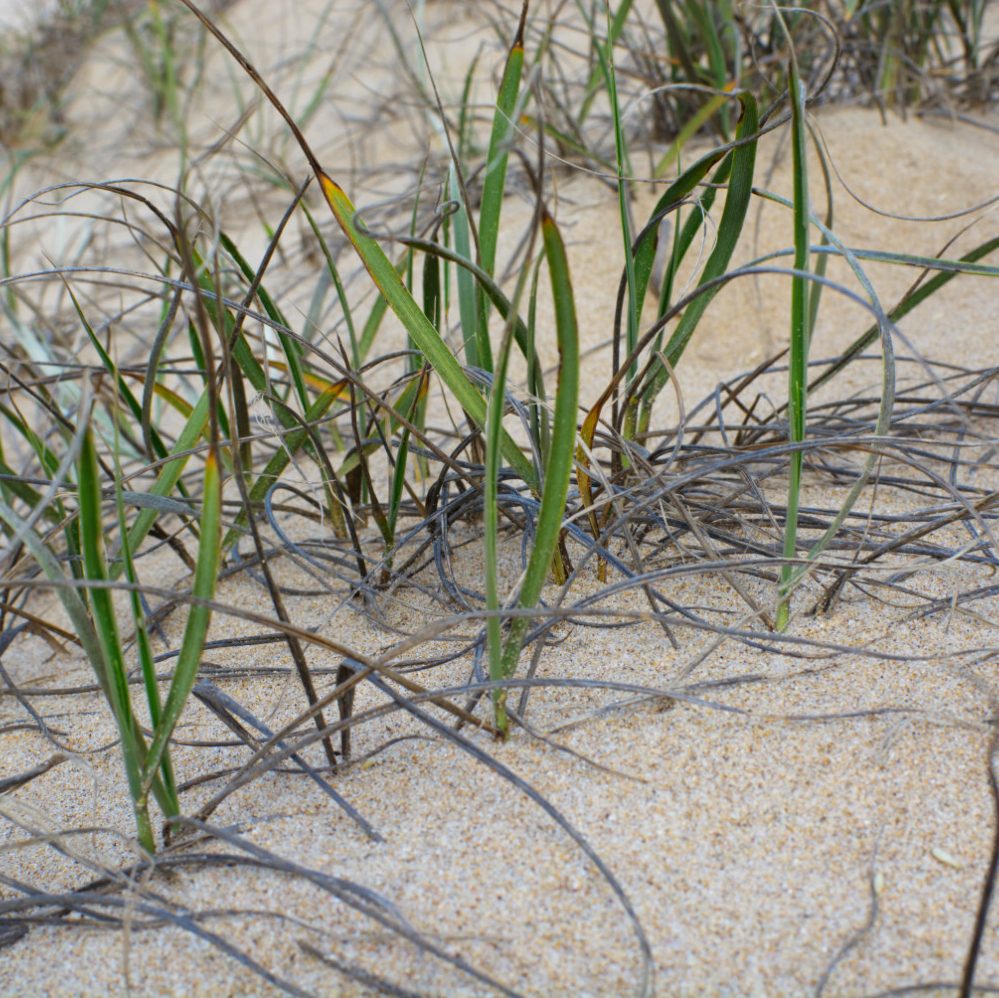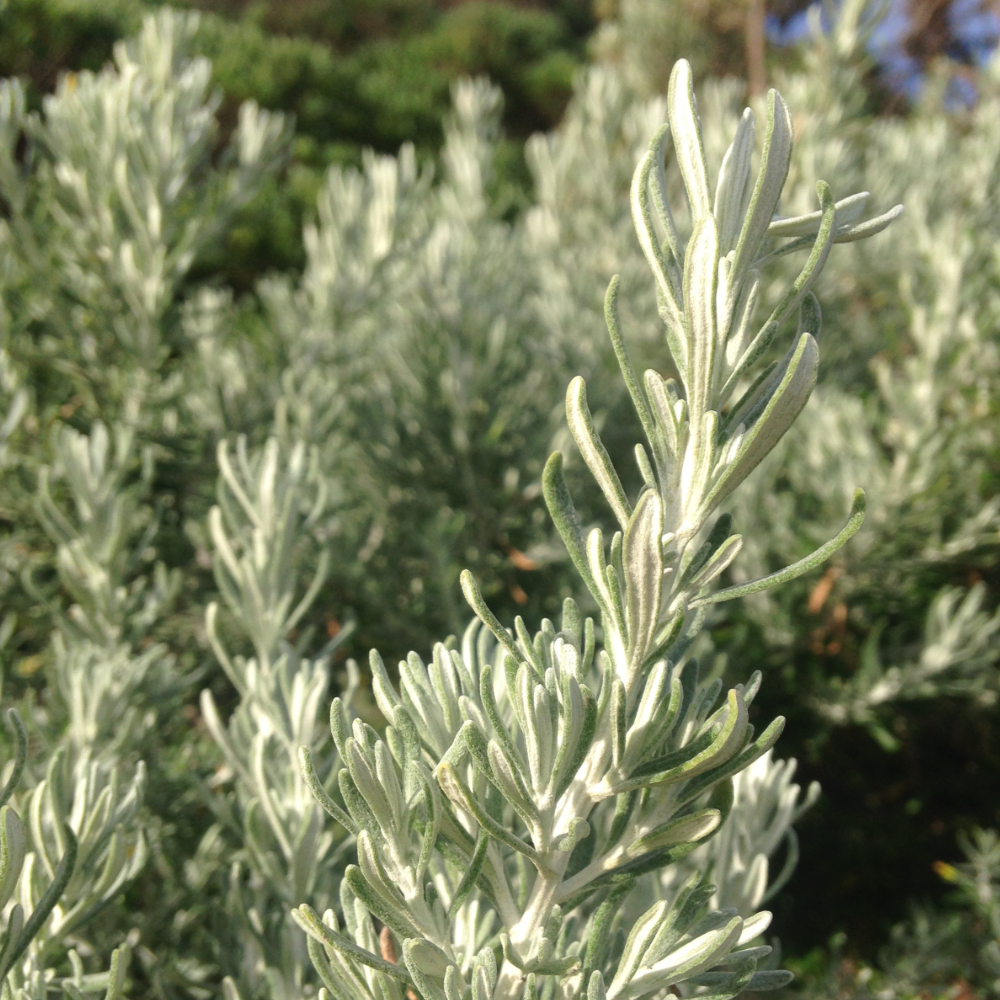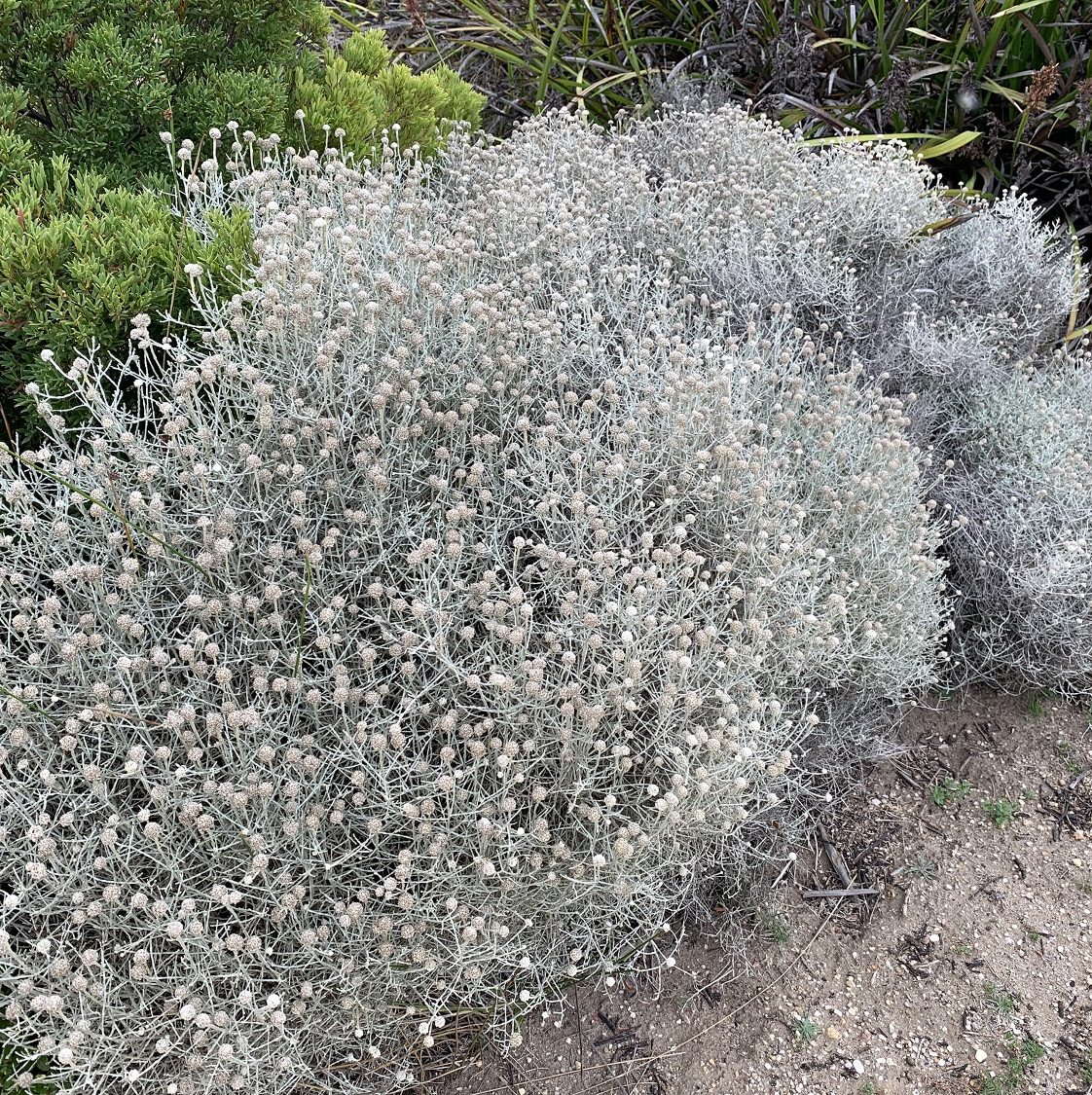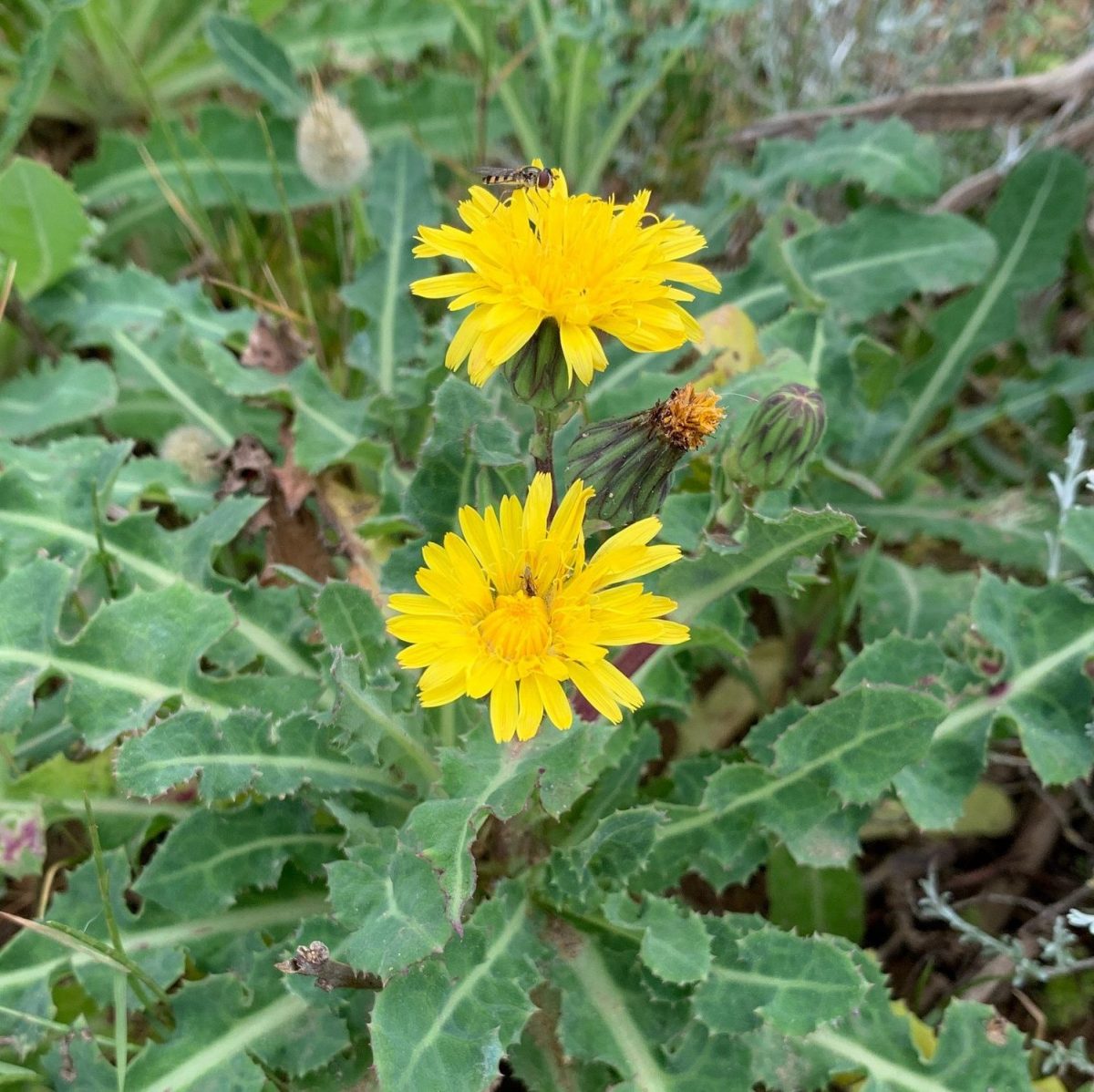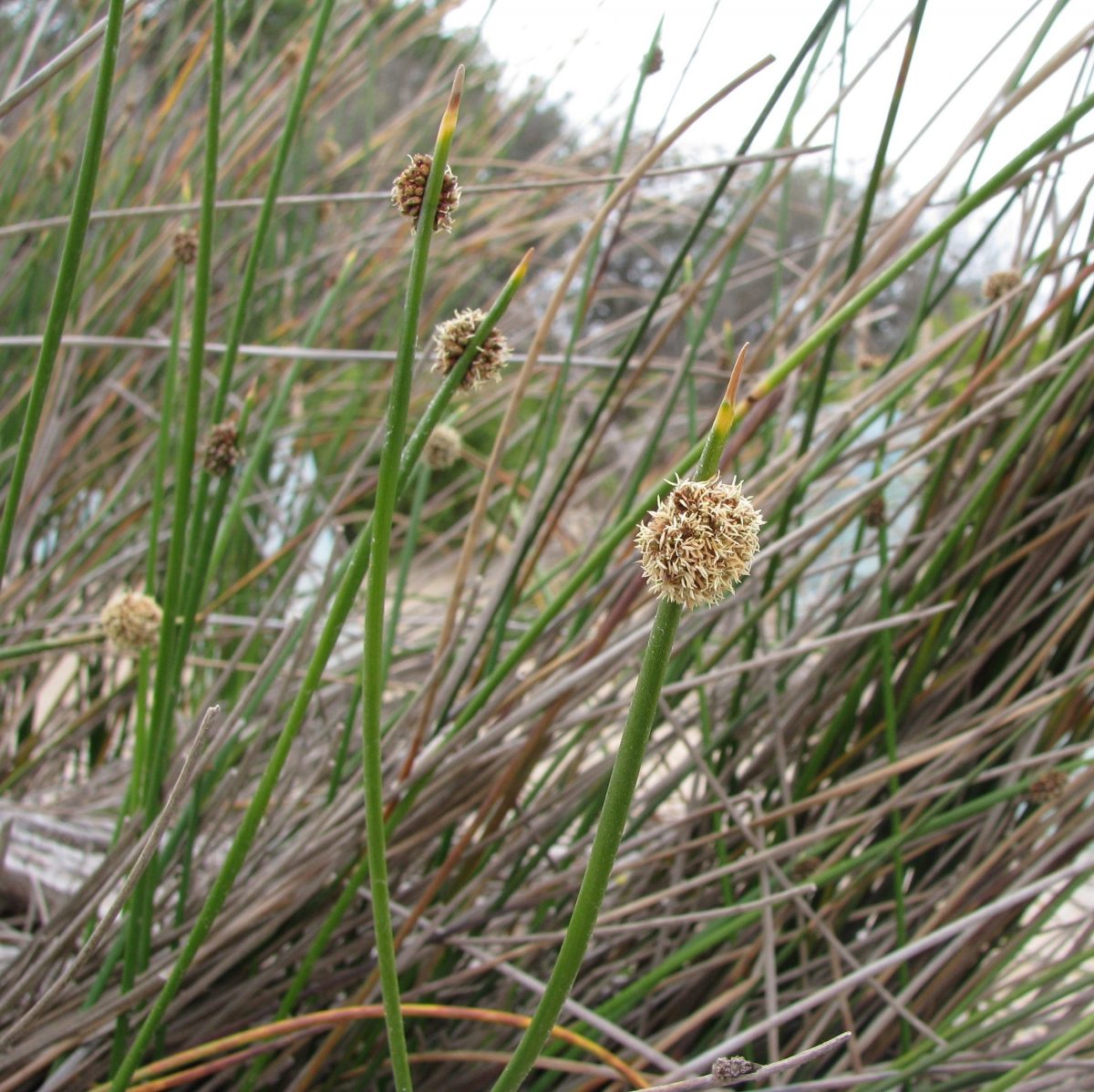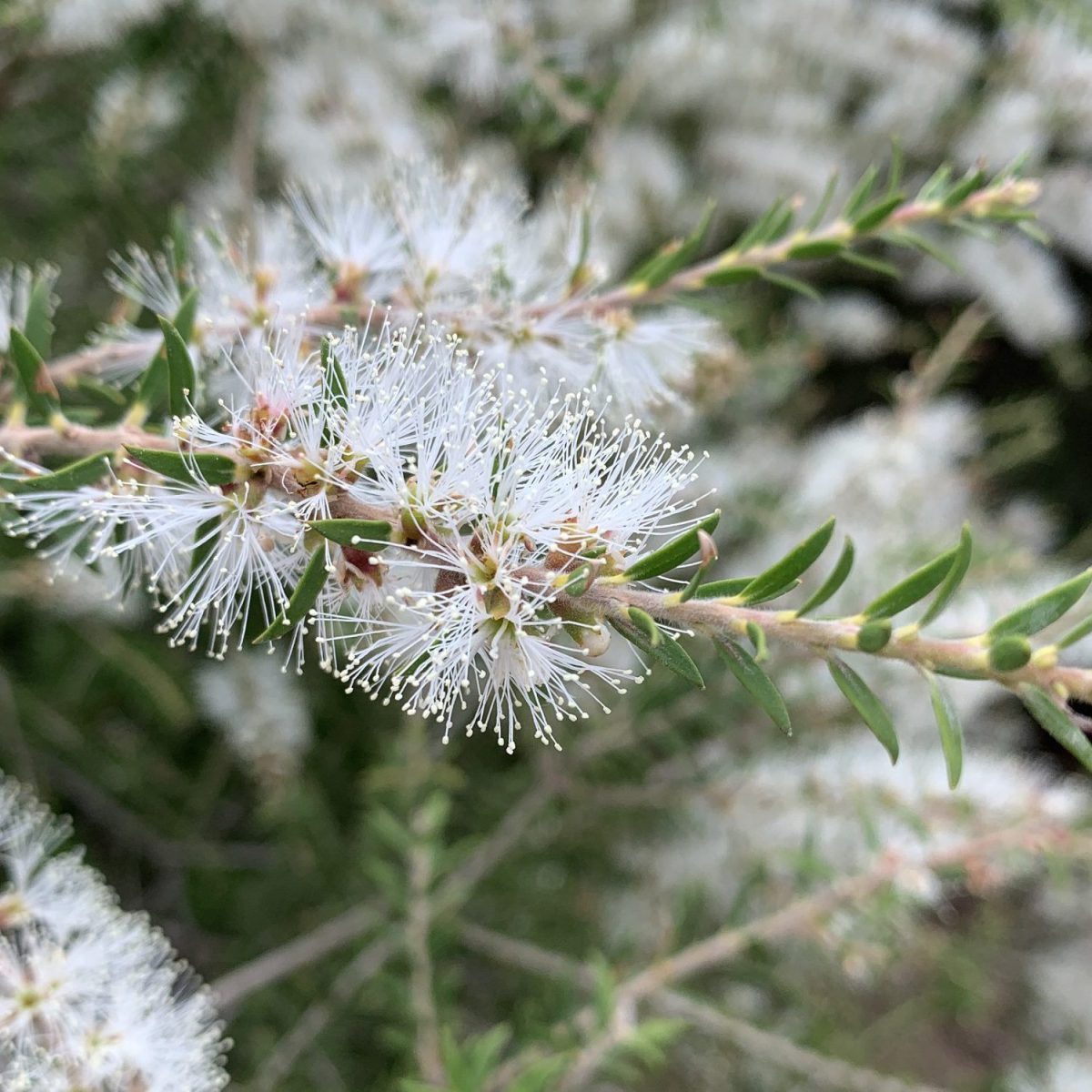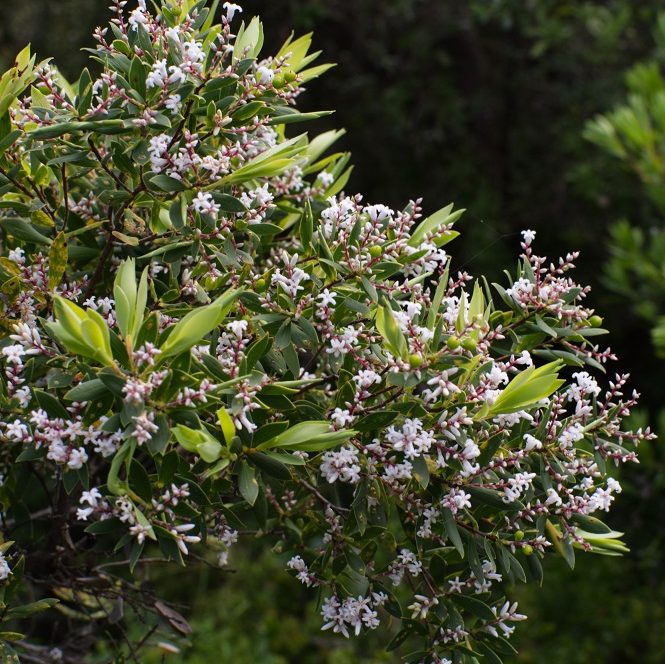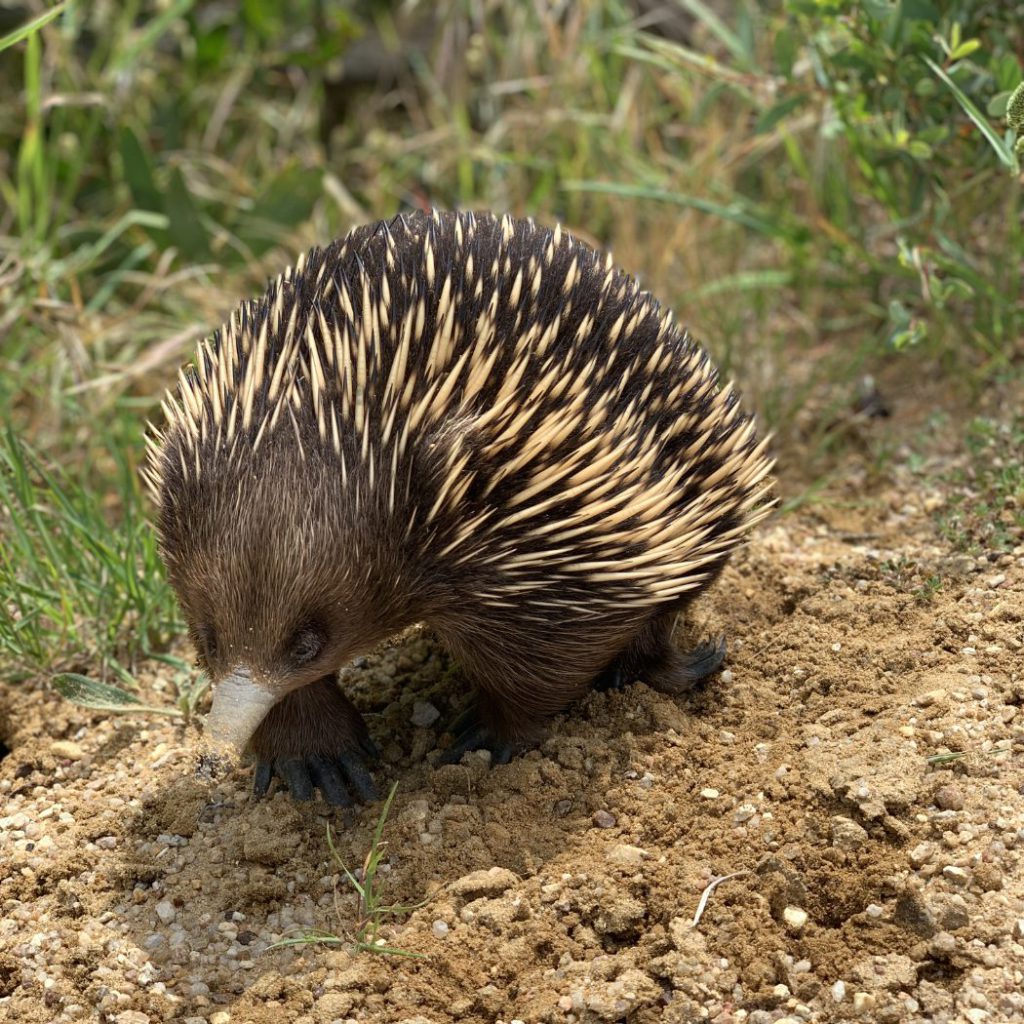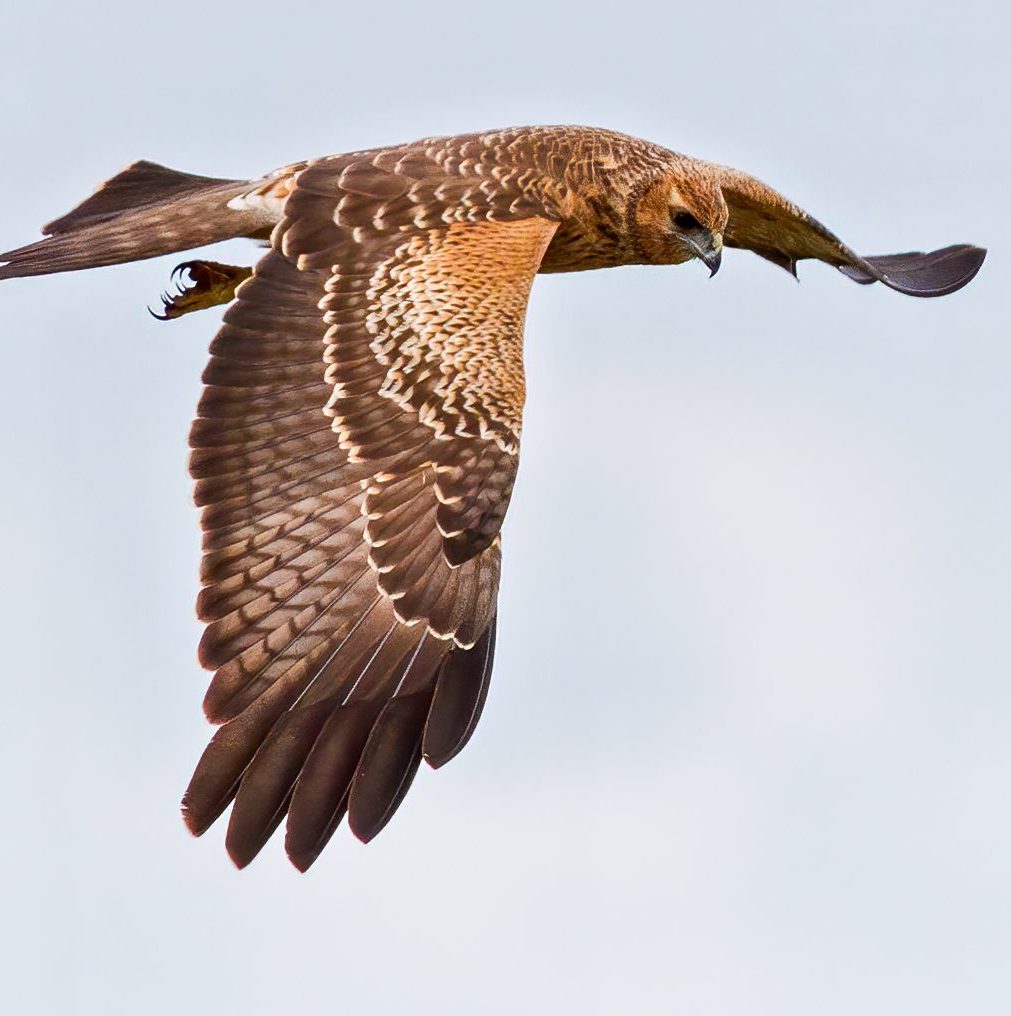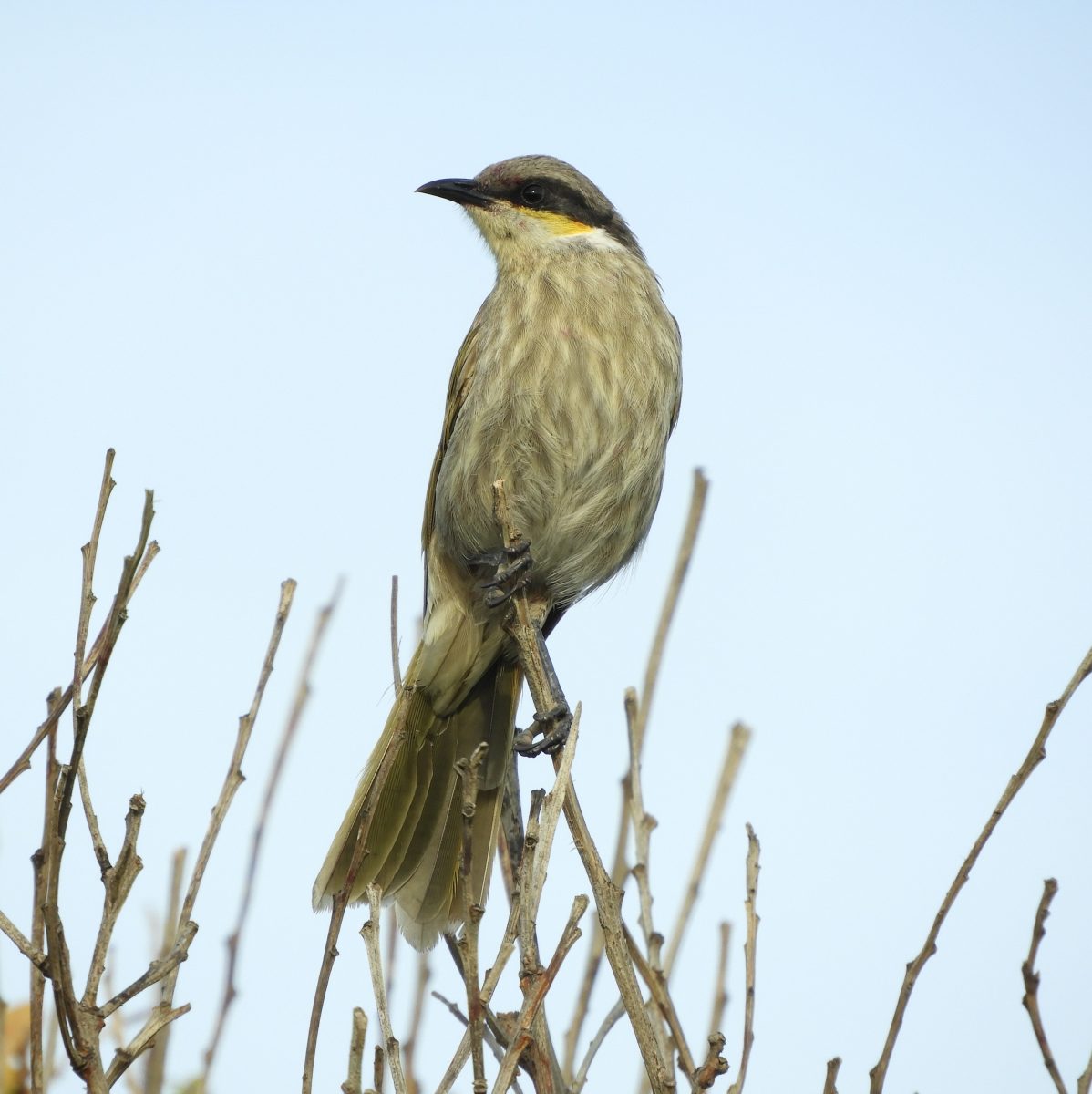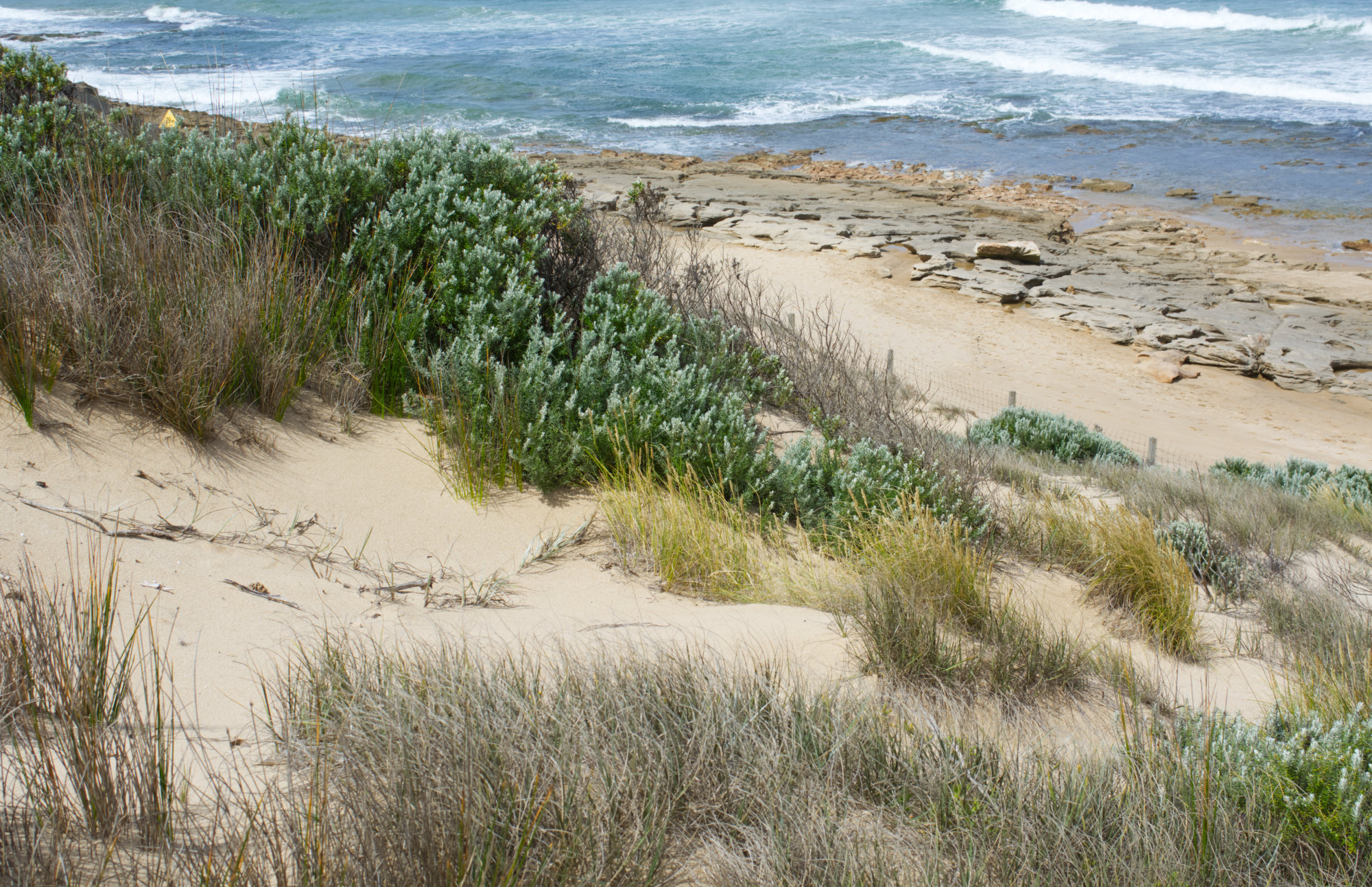
Bluff Habitats
There are a number of important terrestrial habitats that are found on the Bluff itself or along the coast on both sides of the Barwon River. Unlike the marine and estuarine habitats discussed elsewhere these habitats are not directly influenced by the tides but can still get exposed to a lot of salt spray carried by the wind.
These habitats include sandy beaches, dunes, and coastal woodlands such as those seen on the Bluff.
Beaches
While our beaches are great places for people to visit and enjoy they are also important habitats for a number of animals that use them for foraging or breeding.
Beaches themselves are made of of grains of broken down rock and shell fragments which are transported to or from the area by the action of waves and currents as well as the wind.
Because the sand is constantly moving few plants are well suited for growing on beach although there are a few plants discussed under dunes that can grow there.
Beaches can accumulate large quantities of marine algae washed up on the shoreline which if left for short periods is soon consumed by animals such as sand hoppers that live in the sand. These in turn become important sources of food for birds foraging along the edge of the beach at low tide or for fish when the beach is again covered by water. Other beach washed materials are scavenged by birds like gulls.
Some birds like the Hooded Plover also use the beaches around Barwon Heads for breeding and build their nests out of a scape of sand and dried algae. These birds are easily disturbed by humans and dogs and should be left alone when present.
Some of the animals that may be found on beaches include the Hooded Plover (Thinornis rubricollis), Silver Gull (Chroicocephalus novaehollandiae), Pacific Gull (Larus pacificus), Red-necked Stint (Calidris ruficollis), and Sand Hopper (Talorchestia sp.).
Dunes
Dunes are an accumulation of sand that has been blown off the beach by prevailing winds and trapped by plants growing there. Along both 13th Beach at Barwon Heads and Ocean Grove beach there are extensive dune systems that shelter the hinter land from the direct impacts of the sea and provide important habitat for a range of coastal species.
Some of the plants that grow on dunes such as the native grass Hairy Spinifex (Spinifex sericeus) are important colonisers that can both trap sand and grow quickly and bind it together making it possible for other coastal plants to grow.
Dunes are very sensitive to disturbance by people and can easily erode when vegetation is removed by trampling or the creation of tracks or sliding down the dunes.
Historically many of the dunes around Barwon Heads were eroding badly but most have now been restored by school students using a brush matting technique that covers bare sand in branches that allow plants to get established.
Please always use the access pathways to get to the beach and keep off the dunes.
Some plant species that may be found on dunes include Hairy Spinifex (Spinifex sericeus), Coast Daisy-bush (Olearia axillaris), Cushion Bush (Leucophyta brownii), Dune Thistle (Actites megalocarpus), and Knobby Club-rush (Ficinia nodosa).
Woodlands
In sheltered areas of the Bluff that are away from the direct impact of salt laden wind, many terrestrial flowering plants and animals are found in woodlands.
These areas are often protected by larger trees such as Moonahs while beneath them many smaller mid-story species such as Coastal Rosemary and Bearded Heath which together creates a complex habitat that suits many smaller birds, reptiles, mammals, and even amphibians.
The woodlands and coastal scrub on the Bluff itself are habitats which have been restored after much of the native vegetation that once covered it was lost. It is now a great place to see many local woodland birds and enjoy the many flowering plants that live there.
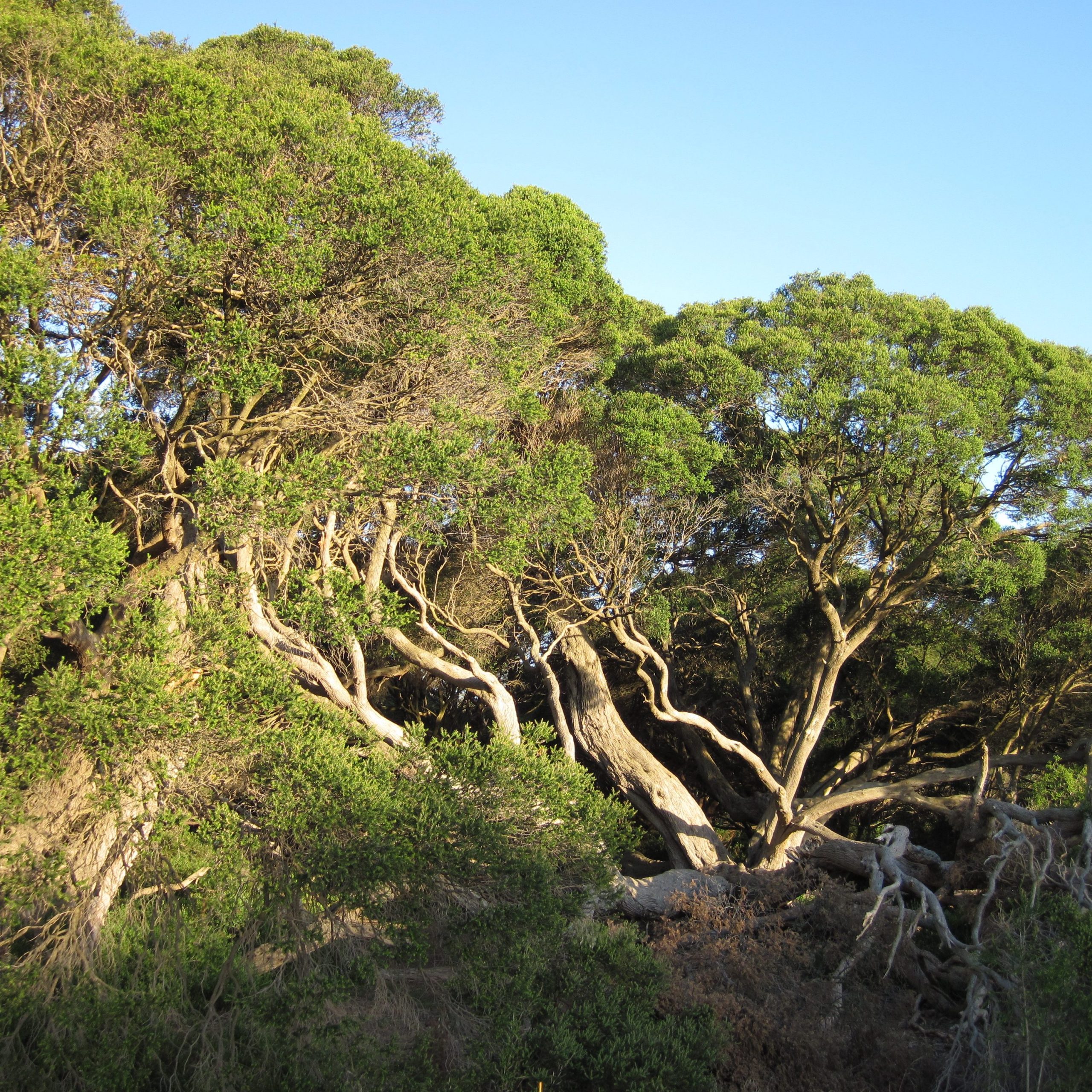
Some species that can be seen in woodlands on the Bluff include Moonahs (Melaleuca lanceolata), Coast Beard-heath (Leucopogon parviflorus), the Short-beaked Echidna (Tachyglossus aculeatus), Marsh Harrier (Circus approximans), and Singing Honeyeater (Lichenostomus virescens).
